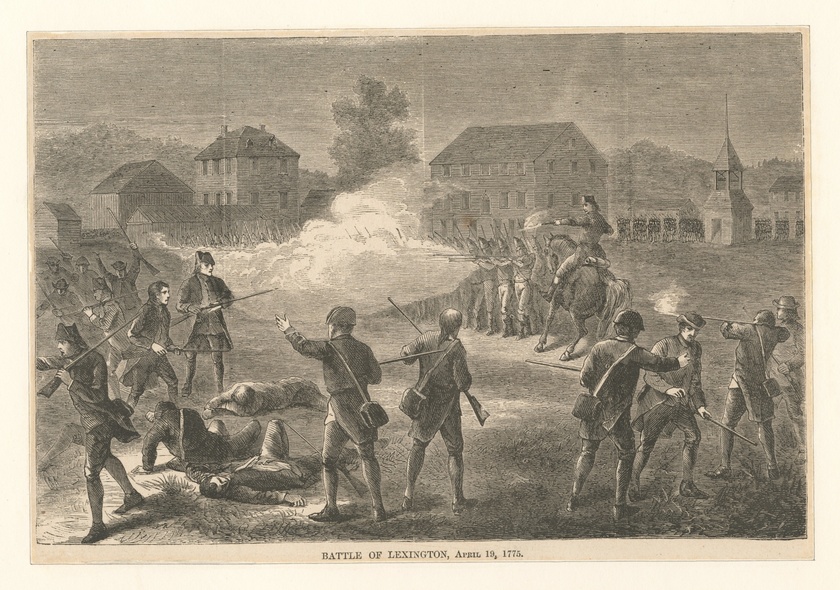
In 1979, Father Anselm Günthör wrote that “the statements of the ecclesial Magisterium [on the death penalty] are occasional assertions and do not represent a fully definitive position; we must not undervalue them, but nor should we consider them to be unchangeable and perennially valid Magisterial statements.”[1] In other words, there was never any infallible teaching on the death penalty at that point.
There was a unanimous consensus among the Church Fathers on the death penalty. The Fathers allowed for the liceity of the death penalty, yet many still called for forgiveness. For example, St. Augustine, who was not averse to capital punishment in principle, still called for the forgiveness of criminals.
During the trial of the murderers of two priests, Saint Augustine asked the judge not to take the life of the assassins with this argument: “We do not object to your depriving these wicked men of the freedom to commit further crimes. Our desire is rather that justice be satisfied without the taking of their lives or the maiming of their bodies in any part. And, at the same time, that by the coercive measures provided by the law, they be turned from their irrational fury to the calmness of men of sound mind, and from their evil deeds to some useful employment. This too is considered a condemnation, but who does not see that, when savage violence is restrained and remedies meant to produce repentance are provided, it should be considered a benefit rather than a mere punitive measure… Do not let the atrocity of their sins feed a desire for vengeance, but desire instead to heal the wounds which those deeds have inflicted on their souls”.[2]
It should be noted that an unanimous teaching of the Church Fathers does not necessarily entail the teaching is infallible. As Jimmy Akin observes in his book Teaching with Authority: How to Cut Through Doctrinal Confusion & Understand What the Church Really Says,
It … isn’t sufficient to produce a catalogue of quotations from churchmen spanning many centuries to show that a teaching is infallible by the ordinary and universal magisterium. For that, the quotations must indicate that the teaching is definitively to be held. If, in their own day, the churchmen only taught in a way that required “religious assent of will and intellect” then the matter would be a longstanding teaching but not an infallible one. As in every other exercise of magisterium, definitiveness—not length of time—is the key to infallibility.[3]
We do not see a definitive magisterial statement on the death penalty in the first millennium. We see statements approving of the liceity in several local councils and statements of popes, but these cannot be considered definitive. As E. Christian Brugger notes in his book Capital Punishment and Roman Catholic Moral Tradition, “the early-fourth-century Spanish Synod of Elvira and the late-fourth-century Council of Rome were local rather than universal councils, and the relevant writings of Popes Gregory I and Innocent I were personal letters, not documents promulgated with the specific intent to solemnly define doctrine.”[4]
Brugger further writes,
Pope Innocent III in 1210 had required members of the Waldensian sect as a condition of their reconciliation with the Church to profess (among other things) “that the secular power can (potest) without mortal sin impose a judgment of blood provided the punishment is carried out not in hatred but with good judgement, not inconsiderately but after mature deliberation”.... Did this constitute an infallible proclamation? It did not. The profession in which the statement appears was published in a personal letter to the group’s leader and not in a papal bull to the universal Church. If some proposition in the profession was not already a matter of faith, its inclusion in the Waldensian oath did not constitute it as such. So Innocent’s statement could have been mistaken.
It is not unprecedented for a non-dogmatic profession to teach error. The fifteenth-century “Decree for the Armenians” in the bull Exsultate Domino by Pope Eugene IV taught that the sacrament of Holy Orders is “conferred by handing over the chalice with wine and the paten with the bread”.... This, of course, is an error since the Sacrament of Orders is conferred by the laying on of hands by a Catholic bishop. Neuner and Dupuis confidently conclude that the Decree for the Armenians is “neither an infallible definition, nor a document of faith.” The same could be said of the Waldensian profession. The death penalty’s legitimacy has never been defined by a pope or ecumenical council.[5]
There was also the Roman Catechism commissioned by the Council of Trent. This catechism likewise approved the death penalty, but this section was not written with language to have defined the subject definitively. Moreover, the section relating to the death penalty mentions that civil rulers can without sin lawfully resort to the death penalty for “The end of the [Fifth] Commandment is the preservation and security of human life.”[6] But since prison systems have improved, resorting to the death penalty is unnecessary. Since a murderer can be imprisoned successfully to prevent further murders, the death penalty would be immoral, for it unnecessarily takes a life, even if that person is a murderer. Prison allows redemption, a strong message of the Gospel.
Pope Francis legitimately developed the doctrine on the death penalty when he updated the Catechism of the Catholic Church, which now reads, “the Church teaches, in the light of the Gospel, that “the death penalty is inadmissible because it is an attack on the inviolability and dignity of the person”, and she works with determination for its abolition worldwide.”[7] The Congregation for the Doctrine of the Faith confirmed that “the new formulation of number 2267 of the Catechism expresses an authentic development of doctrine that is not in contradiction with the prior teachings of the Magisterium.”[8]
Even though prescriptions for the death penalty were recorded in the Old Testament, Jesus teaches forgiveness:
“You have heard that it was said, ‘An eye for an eye and a tooth for a tooth.’ But I say to you, Do not resist an evildoer. But if anyone strikes you on the right cheek, turn the other also; and if anyone wants to sue you and take your coat, give your cloak as well; and if anyone forces you to go one mile, go also the second mile. Give to everyone who begs from you, and do not refuse anyone who wants to borrow from you.”[9]
God forgave Cain, David, and Paul for their involvement in murders instead of having them put to death, and we are called to do the same. This is why the current doctrine on the death penalty derives from the message of forgiveness from the Gospel.
[3] Akin, Jimmy. Teaching with Authority: How to Cut Through Doctrinal Confusion & Understand What the Church Really Says (pp. 220-221). Catholic Answers Press. Kindle Edition.
[4] E. Christian Brugger, Capital Punishment and Roman Catholic Moral Tradition (Notre Dame: University of Notre Dame, 2014), 143.
[9] Matthew 5:38-42.














